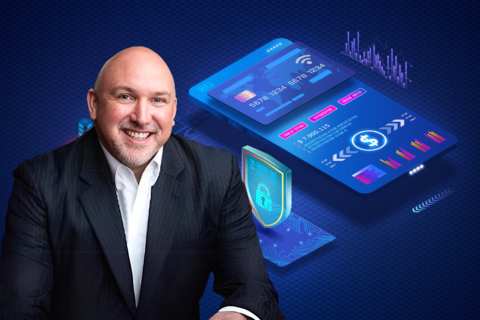Starting a new business? Today, there are more options and startup variables than ever before. While the possibilities can be overwhelming, breaking them down into significant tasks makes it possible to get a much better handle on the bigger picture.
For many startups, developing an app can be a major part of their business plan. Finding innovative ways to deliver your product or service to customers is core to how many businesses operate, and apps can offer a great way to do that.
Take a closer look at mobile app benefits
At their most basic utility, an app is a bespoke way to deliver information to customers. Rather than simply using a website, an app retains a permanent spot on a user’s device. This brings with it great potential for a closer customer relationship – giving you the ability to keep them informed, gain easy access to products you offer, and far more diverse metrics than you might obtain from a website alone.
But it also means you have to be able to offer something more than they’d be able to get from visiting your website in the form of various capabilities, enhanced security, or mere convenience. It depends on what you’re offering, and how people tend to use it.
Give customers what they want
Before embarking upon, oftentimes costly, app development know what your customers want, and what features would make their lives easier.
Understanding what else on the market meets their needs already is also essential. Apps take up space and tend to run in the background, so app redundancy can quickly eat up memory, cause a phone to run slowly, and kill battery life. It’s not necessary to have a completely unique idea, though; often, simply doing one thing better than competitors can prompt users to switch to your app. For example, speed and simplicity are two motivating factors.
Consider key app monetization strategies
If you plan to monetize your app, consider the three main categories: free, paid (upfront, in-app, and/or subscription-based), and in-app advertising.
Knowing your market – and product or service – is key to determining which route is right for you. If your service will see a significant boost in usage figures with the roll-out of a killer app, you might find that there’s no need to get people to pay for it upfront. However, the in-app purchases and advertising revenue model is becoming more and more popular and has gained acceptance with mobile users (when executed correctly).
Have a clear idea of what your ideal customer expects, and how to monetize your app. Once you amass a certain number of sales, an app’s popularity can become a driving force in and of itself. To move users from downloading to sharing, you’ll need to provide a massive amount of value, entice users to keep using your app, and then motivate them to share the app with their peers (and make it easy to do so).
Leverage the right technology
App development technology offers a diverse range of advantages and disadvantages; the main considerations for startup planning are audience reach, speed, and adaptability.
Audience reach is generally the most significant, but without the ease-of-use and future-proofing that fast, well-built apps provide, you may experience uninstalls at an alarming rate. The overall app uninstalls rate after 30 days is 28%. That means that almost 3 out of 10 apps installed end up being uninstalled within 30 days of a download.
Conduct careful research on rising app technologies and those that are quickly becoming obsolete. If you can be first-in-market and properly harness new technology, this can be a major selling point and help your app stand out in a crowded app store.
© YFS Magazine. All Rights Reserved. Copying prohibited. All material is protected by U.S. and international copyright laws. Unauthorized reproduction or distribution of this material is prohibited. Sharing of this material under Attribution-NonCommercial-NoDerivatives 4.0 International terms, listed here, is permitted.













